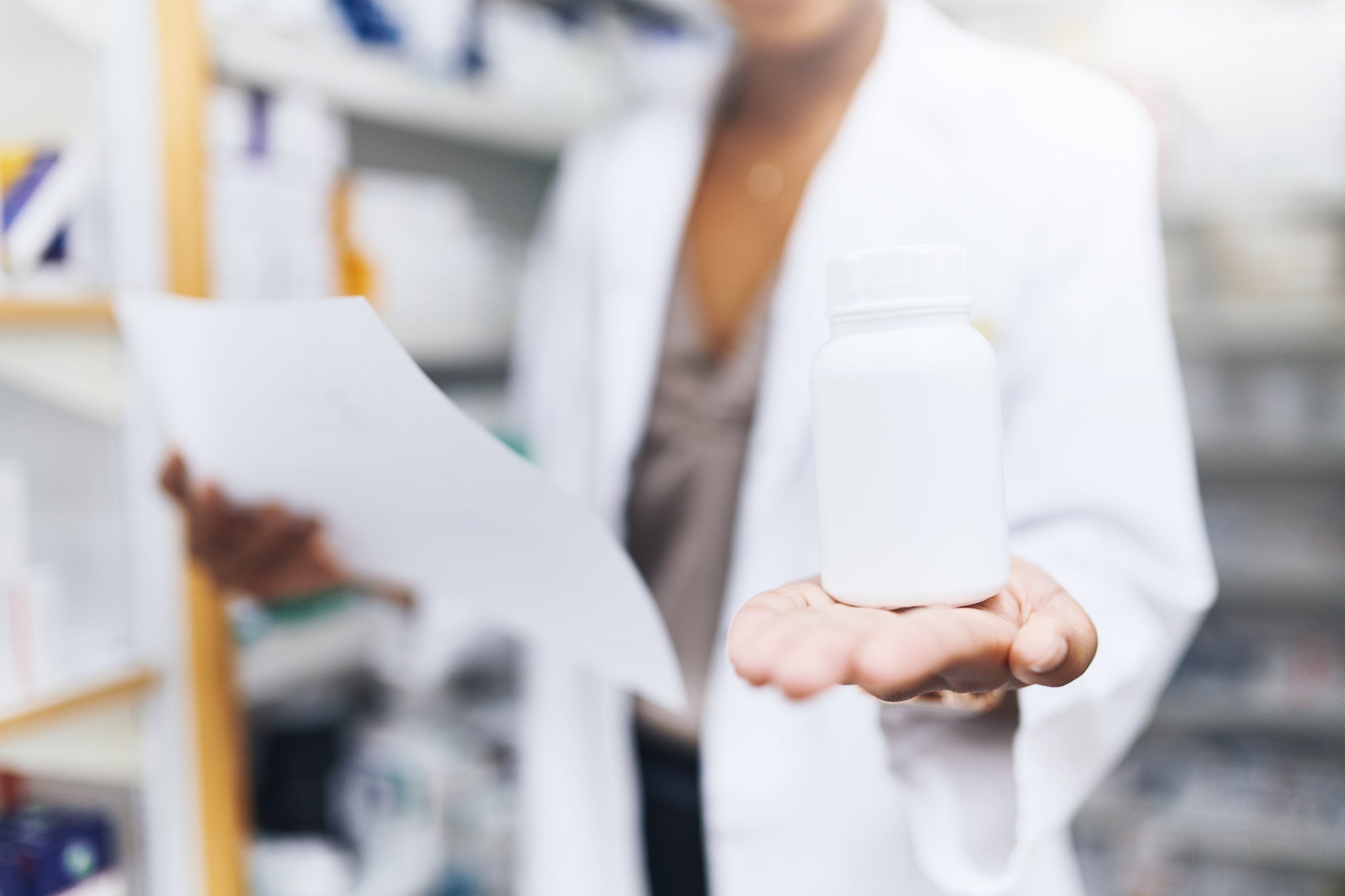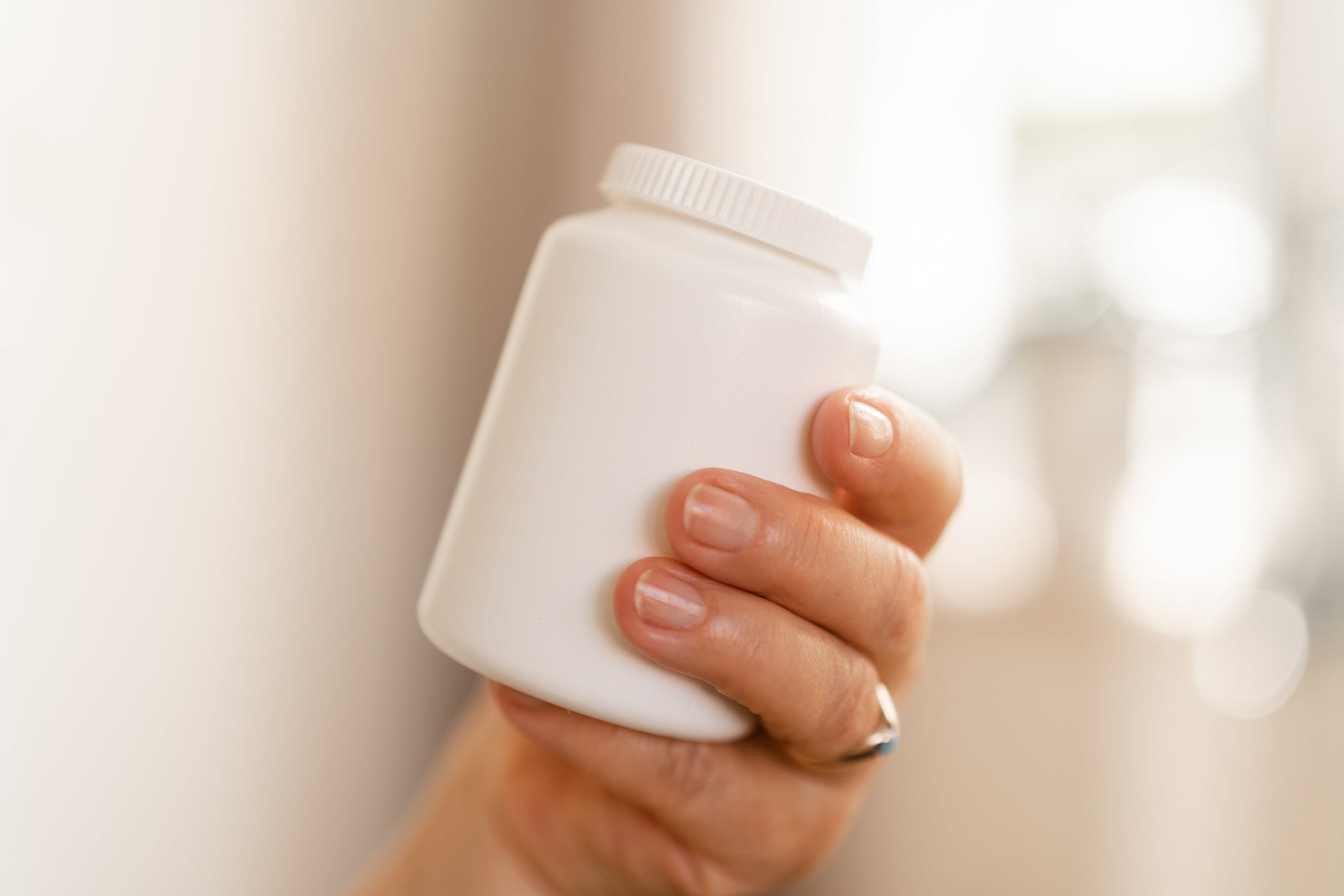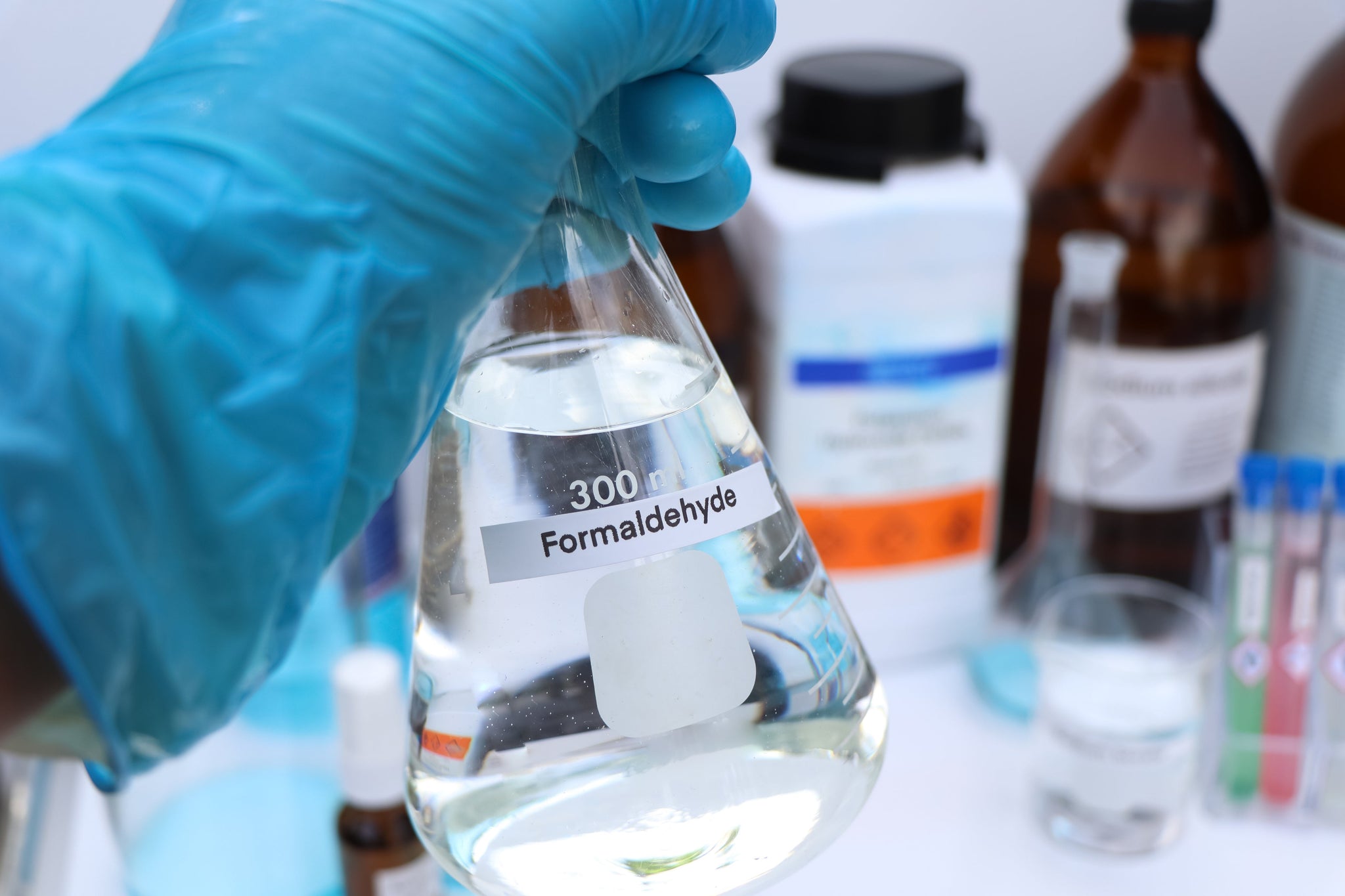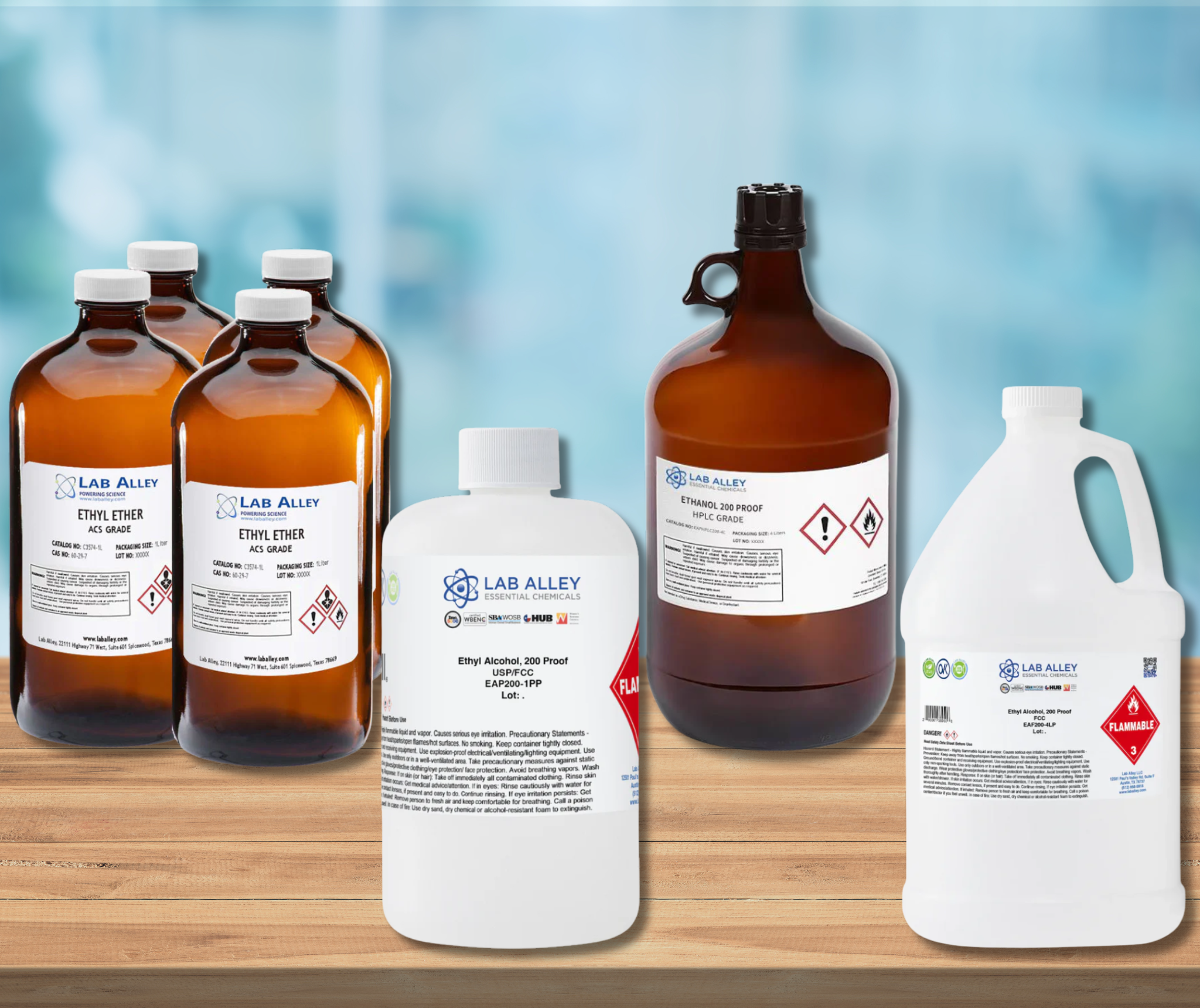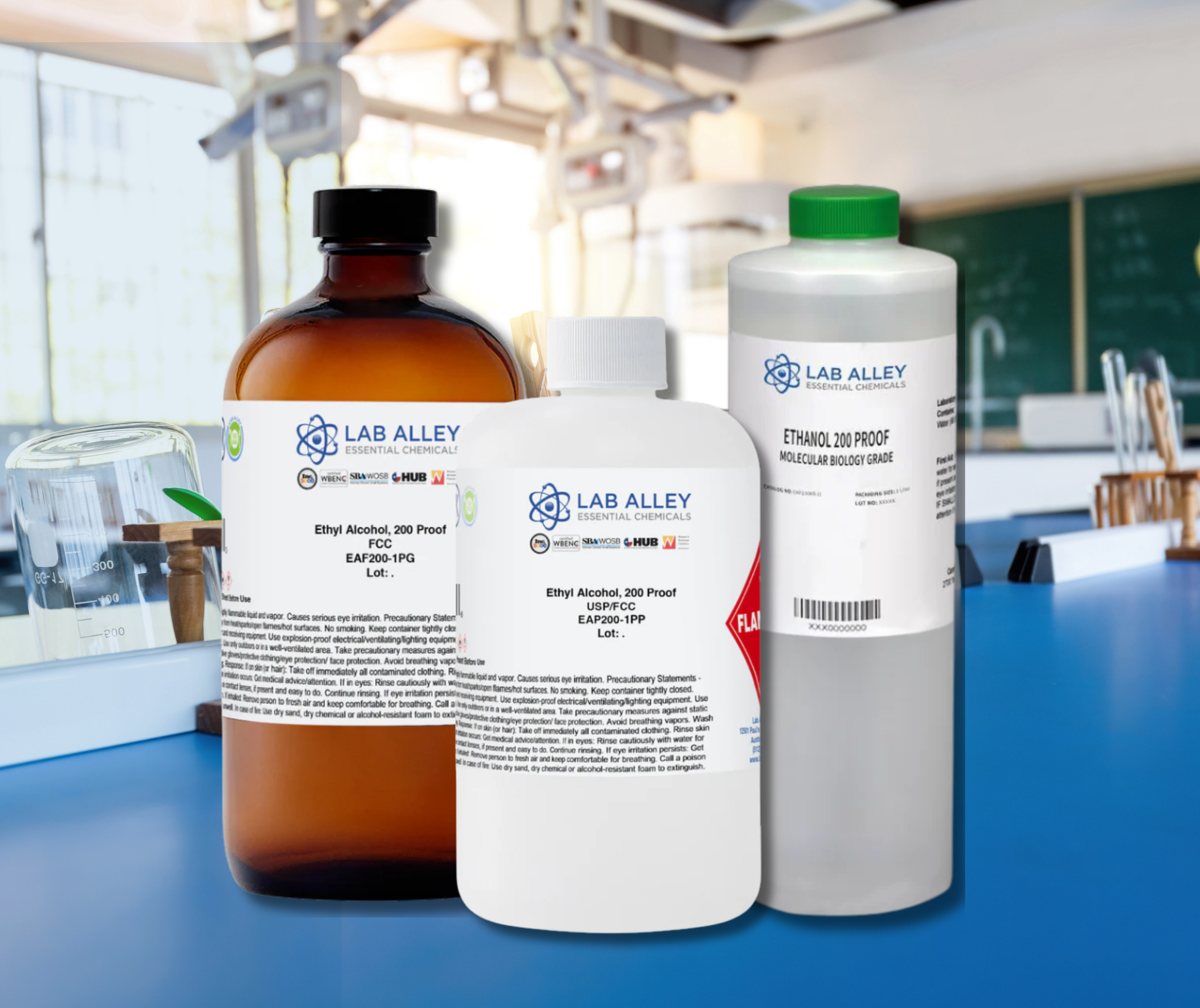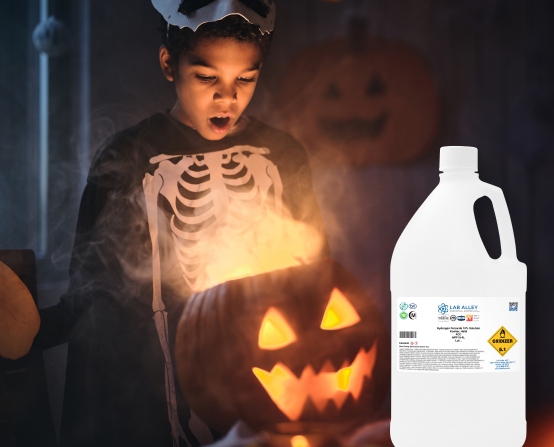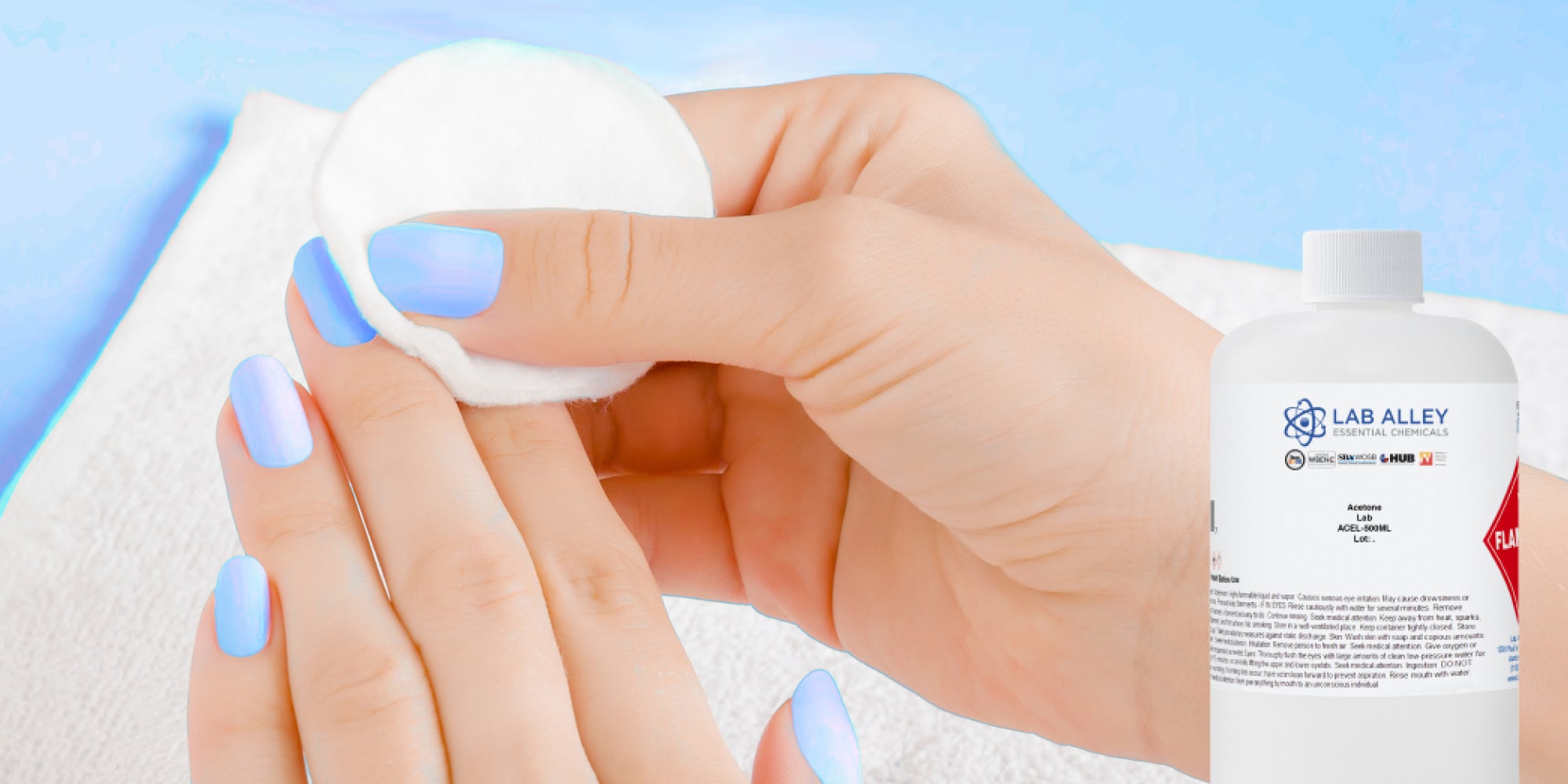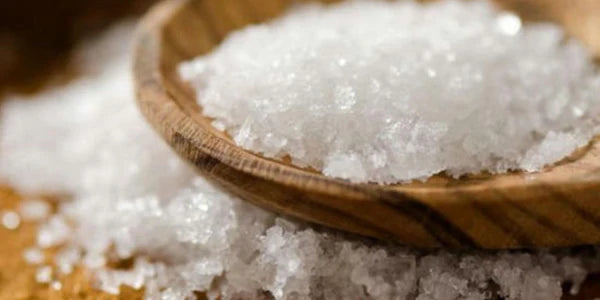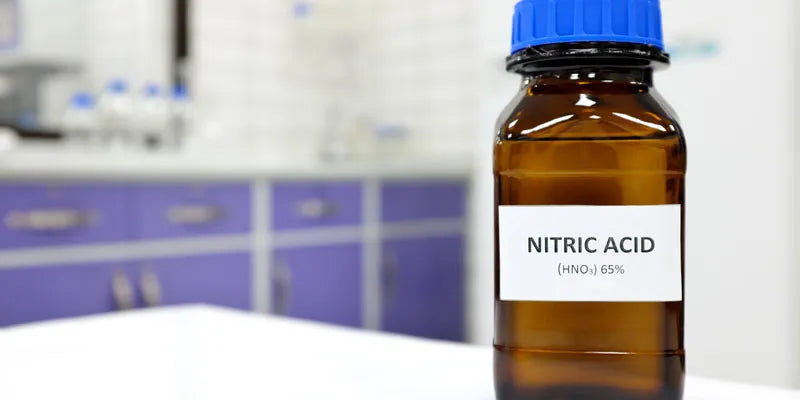Uses & Benefits
Salicylic acid’s versatility has made it a staple ingredient across a wide array of industries, from heavy manufacturing to consumer health products. In industrial applications, it contributes to the production of dyes, preservatives, resins, and plastics, while in scientific environments, it serves as an important reagent and pH-modifying agent in research and formulation work. In the consumer market, salicylic acid is best known for its powerful skincare benefits, especially in treating acne and psoriasis by penetrating oil-rich skin layers and promoting exfoliation. Specialized uses extend even further into pharmaceuticals, cosmetics, and agricultural research, demonstrating the compound’s broad utility.
- Industrial and Scientific Applications: Used in the production of dyes, preservatives, resins, plastics, and as a reagent in laboratory research and pharmaceutical development.
- Consumer Health and Skincare: Found in acne treatments, dandruff shampoos, chemical peels, and exfoliating products due to its ability to penetrate oily skin and unclog pores.
- Specialized Uses: Serves as a pharmaceutical precursor to aspirin, plays a role in cosmetic formulations, and is occasionally applied in agricultural research for plant hormone and post-harvest treatments.
Safety Information
Salicylic acid must be handled with caution to minimize potential health and environmental risks. It is classified as an irritant that can affect the skin, eyes, and respiratory system, with high concentrations or prolonged exposure possibly leading to chemical burns or sensitization. Proper personal protective equipment (PPE) is essential, along with maintaining appropriate storage conditions to preserve the chemical's stability and prevent dangerous reactions. Lab Alley is committed to promoting safe chemical management practices, offering customers detailed Safety Data Sheets (SDS) and expert support for the safe handling and storage of Salicylic Acid.
- Personal Protection and Handling: Always use protective gloves (nitrile or neoprene), safety goggles or a face shield, and ensure adequate ventilation—preferably working in a fume hood when handling powdered forms—to minimize exposure risks.
- Storage and Spill Management: Store Salicylic Acid in a cool, dry place in tightly sealed containers away from moisture, light, and incompatible substances like alkalis and oxidizers. In the event of a spill, avoid creating dust, ventilate the area, and dispose of waste according to local hazardous material regulations.

Pictured Above Are 5 Bottles Of Medicinal Oils Derived From Plants
You can order food grade ethanol, extraction grade ethanol, ACS grade ethanol, FCC grade ethanol, USP grade ethanol, HPLC grade ethanol and kosher ethanol from Lab Alley. Perform ethanol (EtOH) extraction at ultra-low temperatures for the best yields.
Ethanol extraction is a cost-effective way to use ethanol as an industrial solvent to produce high quality botanical extracts from large volumes of medicinal herbs or plants.
Pictured Above Are 5 Bottles Of Medicinal Oils Derived From Plants
FAQs
Sources
- SD Alcohol 39-C – Cosmetics Info
- Hand Sanitizer Use Out and About – https://www.cdc.gov/handwashing/hand-sanitizer-use.html
- About Cleaning Product Ingredients | The American Cleaning Institute (ACI)
- CFR – Code of Federal Regulations Title 21 (fda.gov)
- Alternative Fuels Data Center: Ethanol Fuel Basics (energy.gov)
- CFR – Code of Federal Regulations Title 21 (fda.gov)
- TTBGov – dbmenu8sub1







